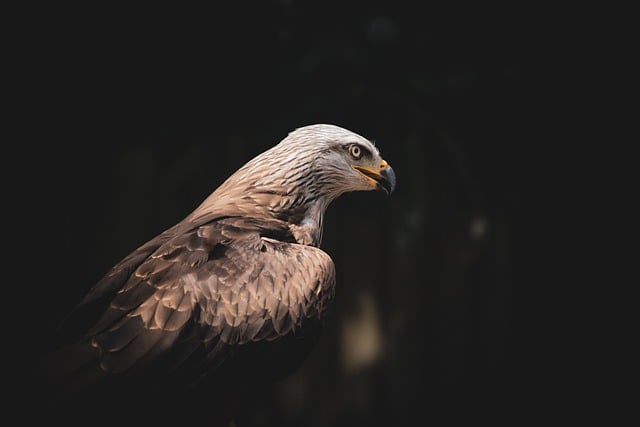Animals, a rich tapestry of life forms, inhabit every corner of our planet, from the highest mountains to the deepest seas. This article explores the myriad ecosystems that host these diverse beings, their remarkable adaptations for survival, and the profound impact domesticated animals have had on human civilization over time. Join us as we delve into the intricate world of animals, shedding light on their resilience and the indelible mark they’ve left on our shared history.
The Diverse Ecosystems of Animal Life: An Overview
Animals are incredibly diverse and inhabit a myriad of ecosystems across the globe, each with its unique set of conditions that shape the life forms found there. From the dense rainforests teeming with vibrant flora and fauna to the stark deserts where adaptation to aridity is paramount, animals have evolved to thrive in environments ranging from the poles to the tropics. The oceans, with their vast and largely unexplored depths, host a plethora of life forms, including some of the planet’s most remarkable species. These ecosystems are not static; they are dynamic and interconnected, with each organism playing a role in its habitat. For instance, animals like coral reef fish contribute to the health of their ecosystem by maintaining symbiotic relationships with algae, which in turn support coral growth and structure. Meanwhile, in terrestrial habitats, creatures such as pollinators are crucial for plant reproduction, ensuring the continuation of various food chains and cycles. The study of these interactions is fundamental to understanding the intricacies of life on Earth and underscores the importance of conserving these diverse ecosystems for the future of animal life. Understanding the diversity of animal life and the ecosystems they inhabit is essential for biodiversity conservation efforts, as it highlights the delicate balance required for the survival of all species within their natural habitats.
Adaptations and Survival Strategies Among Earth's Animals
Animals across the globe exhibit a myriad of adaptations and survival strategies tailored to their unique environments. These biological and behavioral traits are honed over generations through natural selection, allowing species to thrive in diverse habitats from arid deserts to lush rainforests. For instance, the African elephant’s large size and robust tusks serve as defenses against predators and facilitates their foraging for food. In contrast, the tiny pygmy three-toed sloth of Central and South America has adapted to its arboreal environment with specialized claws for climbing and a diet consisting primarily of leaves, which also aids in camouflage. Similarly, the hummingbird’s rapid wingbeat and long tongue are adaptations for nectar feeding from flowers, showcasing the intricate relationship between animal adaptations and ecosystem dynamics.
In another example, animals found in polar regions like the Arctic fox have developed thick fur coats for insulation against harsh cold, while their keen senses allow them to detect prey beneath the snow. The arctic wolf’s white coat camouflages it against the snowy backdrop, enhancing its ability to hunt and survive. Additionally, these animals often have specialized vascular systems that prevent blood from freezing. These adaptations are not static; they evolve over time in response to environmental pressures, ensuring the continuation of species within their respective niches. This dynamic interplay between genetics and the environment underscores the resilience and diversity of life on Earth as seen through the lens of animal survival strategies and adaptations.
The Role of Domesticated Animals in Human Societies Throughout History
Domesticated animals have played a pivotal role in human societies, providing companionship, labor, and sustenance for thousands of years. The history of domestication began as early as 9000 BCE with the dog, which was the first species to be domesticated by humans. Since then, various other animals have been selectively bred to meet human needs. Cattle were domesticated around 8000 BCE and became integral to human societies for their milk, meat, and hides. Horses, donkeys, and camels followed, offering transportation and additional labor power. These animals not only facilitated the expansion of human settlements but also enabled the exchange of goods over long distances, leading to the development of trade networks and the spread of culture and ideas.
Over time, the role of domesticated animals diversified. They became key components in agriculture, assisting in plowing fields, guarding livestock, and aiding in tasks such as spinning and weaving. In urban settings, dogs continued to serve as companions and guards, while cats were valued for their ability to control pests. Livestock like sheep, goats, and pigs provided wool, milk, and meat, becoming staples in human diets and economies. The genetic diversity of many animal species has been shaped by selective breeding practices aimed at enhancing desirable traits, demonstrating the deep interconnection between humans and domesticated animals throughout history. This symbiotic relationship has not only contributed to the survival and prosperity of human societies but also to the development of various industries, including agriculture, textiles, transportation, and even companionship services.
